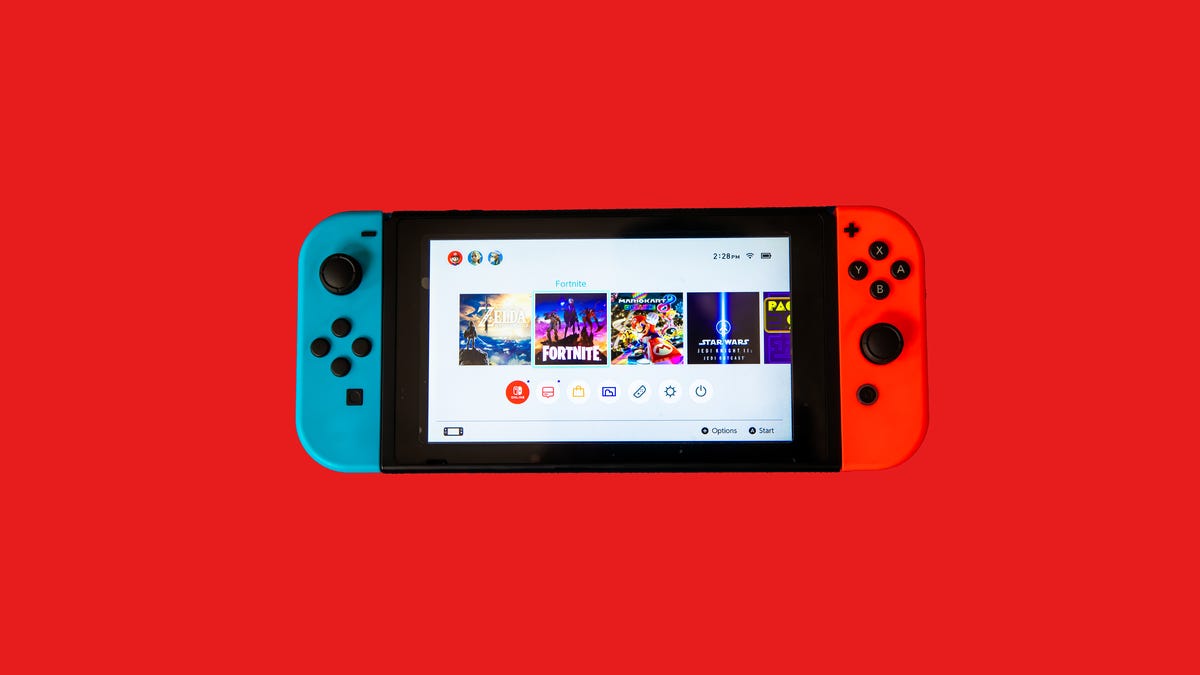Nintendo Switch 2 Rumored to Have Magnetic Joy-Cons
The updated design would be a welcome change from the clunky rail system of the current model.

If the current Nintendo Switch Joy-Cons bug you, stay tuned: The next Switch might offer magnetic connections.
Nintendo is planning to use magnets in a fun new way with its upcoming Switch 2 video game console, according to a new report. The magnets will apparently be used to stick the Switch 2's Joy-Con controllers to the device, rather than relying on the rail-attachment system the current Switch has used since its launch in 2016.
The new report, which comes by way of Spanish site Vandal and was translated by Eurogamer, says that accessory manufacturers have had opportunities to interact with prerelease versions of the new Nintendo console, which is widely expected to be released within the next year.
Nintendo representatives didn't respond to a request for comment.
The new details about the Switch 2's purported magnetic controllers underscores how Nintendo may be aiming to improve and refine its popular Switch console's design, rather than invent a new gaming device altogether. Previous reports have also claimed Nintendo's next-generation Switch will have more powerful processing chips, a better screen and possibly even replaceable batteries.
Read more: Nintendo Switch 2 Expectations: Is It Coming in 2024?
Nintendo has long been known as one of the most innovative developers in the tech world. It launched a virtual reality headset in 1995, two decades before Meta released the Oculus Rift. Its motion controllers for the Wii in 2005 touched off waves of investment in motion-control technologies. And its Game Boy handheld gaming console from 1989 is still so beloved that people have been clamoring for emulator apps that can play its games on today's smartphones.
Compared to those innovations, Nintendo adding magnets to its controllers may not seem as big a deal. But magnets have proven to be popular features for consumer electronics.
Apple's MagSafe charger cords for its laptops are widely praised, for example. And the company's move to add MagSafe magnets to the back of its iPhones has become so popular that a variation of that approach was adopted as part of the tech industry's broader Qi2 wireless charging standard.
It's unclear if Nintendo will expand its new use of magnets beyond its controllers, but we'll likely find out in the next year.

